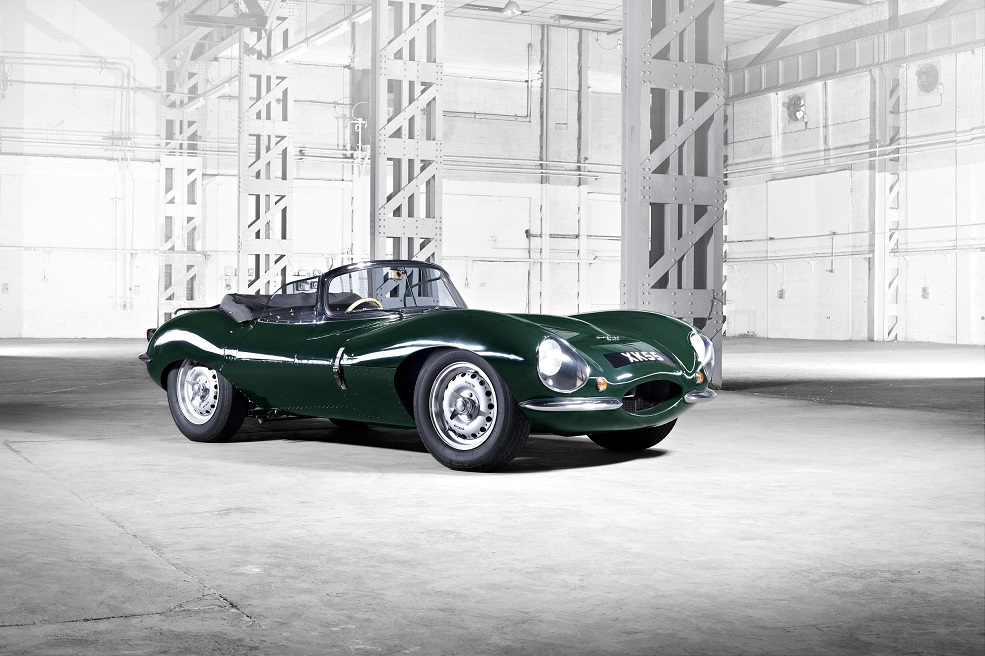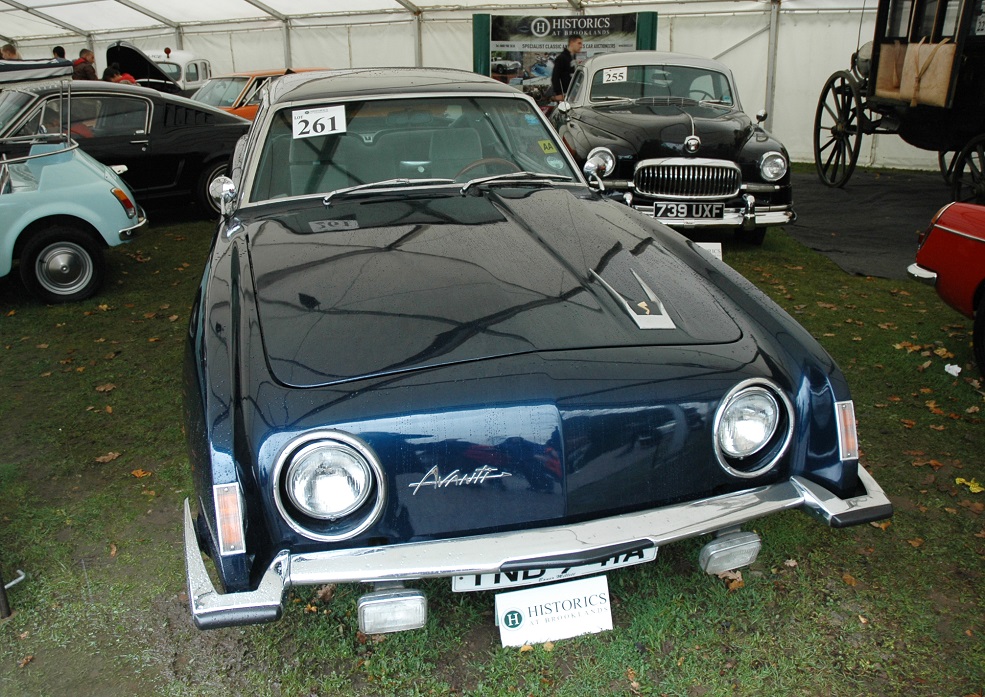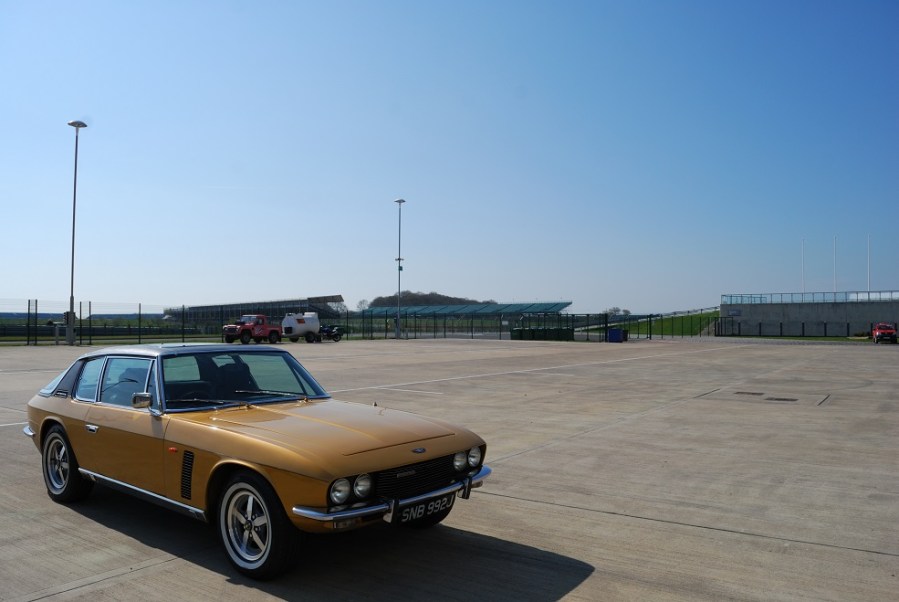There are some cars which pass into the status of myth. Some which refuse to die, even when their time is acknowledged and their parent companies have abandoned hope. Around the world, cars which should have ceased production continue anew, with smaller scale production attracting more rarefied custom. Curious? Read on.
Jensen Interceptor
The Jensen Interceptor was quite a car when it was launched in 1966 – and the Anglo-Italian GT formula was one which endured. A pretty continental body, a big engine and British hand-crafting made for the sort of packages that would appeal to everybody; from the Gordon Keeble to the Triumph Vitesse. The Jensen Interceptor did what few other did; took the winning concept and made it glamorous. Its Chrysler V8 was more than ample – and coupled to an automatic gearbox made the Jensen a lovely laidback cruiser. Production finished after ten years with the bankruptcy of Jensen Motors – but the Interceptor’s appeal continued well past the point at which most cars would be forgotten. Interest was piqued once more when a Series 4 Interceptor was announced for 1989, and twenty three years after the car was launched fourteen cars found homes. The formula clearly works – while you can no longer buy a new Interceptor, it’s still possible to have them brought up to date with modern engines and tech.
Middlebridge Scimitar
We’ll get the awkward bit out of the way first. Technically, Princess Anne has had two Middlebridges – a red one first, which was identified by the press and attracting attention, and subsequently a more subtle green example. Now that’s out of the way, we can tell the Middlebridge story.
Reliant had been building SE6 Scimitars since 1975 – and when production ceased in 1986 the tooling was sold to Middlebridge Scimitar Ltd; a specialist based in Beeston, Nottingham. Middlebridge adapted the car to take the new 2.9EFi derivative of the Cologne V6, redesigned the rear lamp clusters, fitted new alloys and offered a greater choice of electronic and trim upgrades. The Middlebridge was pitched above the Reliant offering – a budget Aston Martin, for want of a better expression. Colour coded bumpers were fitted – a timely upgrade, but one forced by the lack of availability of the original rubber inserts. 79 Middlebridge Scimitars were built; the majority of which survive.

Jaguar XKSS
The 1957 Browns Lane fire put paid to the XKSS project before it was finished. The original plan had been to use up the remaining short-nose D-type shells for a limited run of just 25 XKSS sports cars. But with the chassis numbers allocated, the fire gutted the factory after just sixteen had been made. The car could be argued to be the progenitor of the famous E-type, a development of the D-type for the road, though far more focused than the later car. The XKSS project came about following Jaguar’s withdrawal from motorsport in 1956, and was the result of a plan to recoup the investment in these chassis. Changes were minor; a passenger door, the removal of the rear fin, the removal of the divider between the seats, a full screen, chrome bumpers and XK140 rear lights. A hood and sidescreens were added as weather protection.
Jaguar completed the planned 25 car run in 2016; producing a further nine to use up the previously allocated chassis numbers.
MG RV8
Not strictly a continuation, but a continuation of a theme. The MG RV8 was a market tester prior to the MGF, to see whether the press and public would support the return of MG sports cars. How better to do that than with a thorough modernisation of the MGB? Few panels were shared by the time the car was done – it had sprouted wider arches, a bonnet bulge, modified wings and new wheels, while the new bumpers were an attempt to modernise the look. To offset the cost of the project; orchestrated by Rover Special Products, it was stuffed to the gunwales with burr elm and leather – and marketed as an upmarket GT.
Unsurprisingly, sales were strong among diehard MG fans – and the RV8 never really depreciated. Japan was the biggest market, taking 1579 of the 1983 cars built – though it’s believed that up to 700 have rejoined the 330 originally sold to UK customers. Good examples are still prized today.

Studebaker Avanti
The Avanti could almost be considered as America’s Interceptor – not just through the similarity of the windowline, but because the concept never seems to go away. The original Studebaker was built for barely 18 months, owing to the closure of the Studebaker Car Company. However, dealers Nate and Arnold Altman and Leo Newman bought the rights to the Avanti, and continued production using the remaining Studebaker components. When stocks dried up, Chevrolet Corvette engines were used in the original Studebaker designed chassis under the name Avanti II.
The Avanti has never really gone away – a new chassis in the mid 1980s coincided with the launch of a convertible, while a four door saloon joined the range briefly from 1989. Production, barely a trickle, continued until 2006 – and while the Avanti nameplate has been considered since, no plans have reached fruition.




